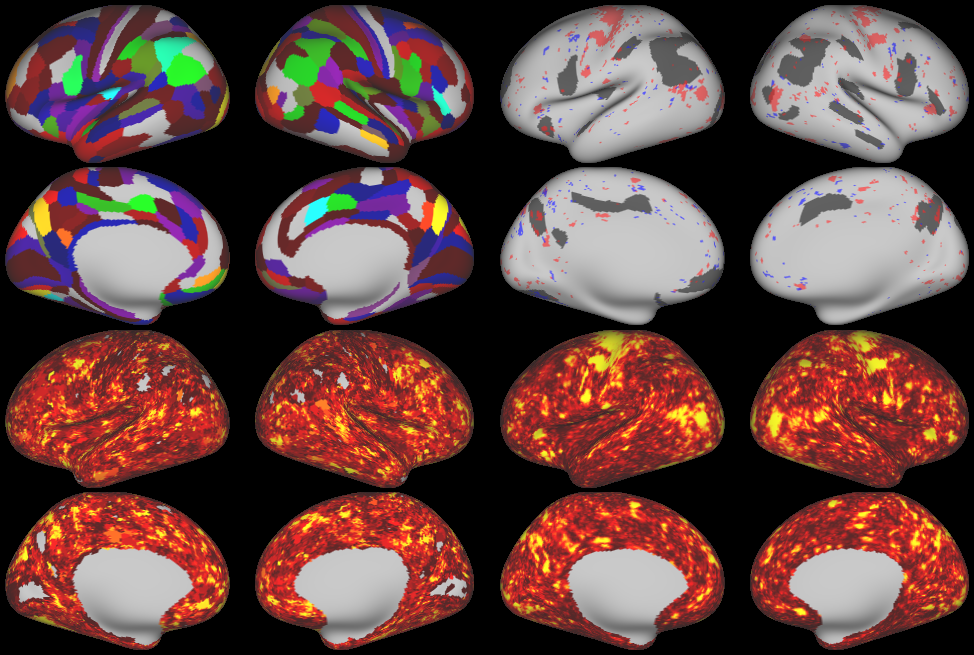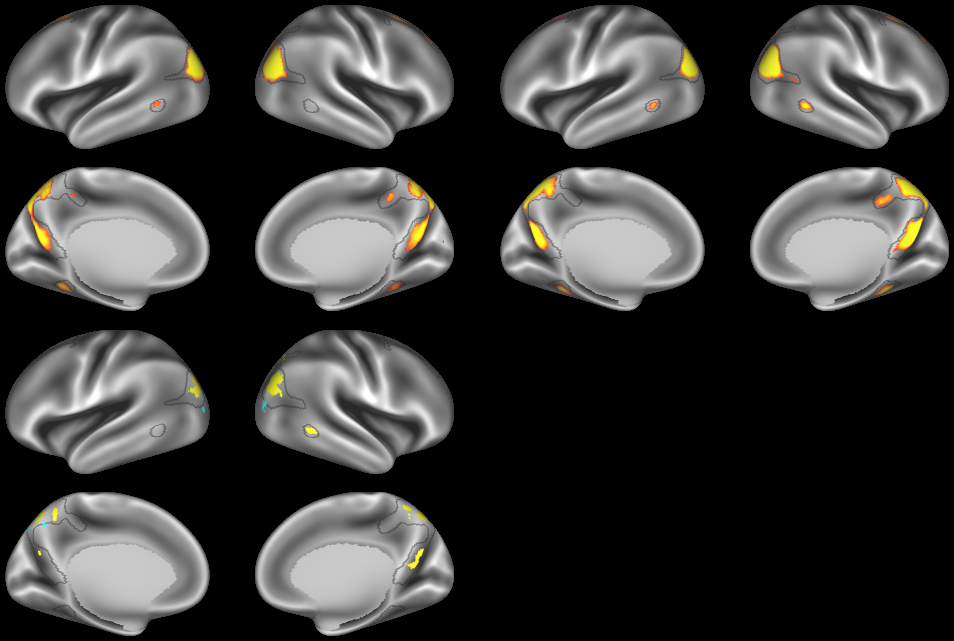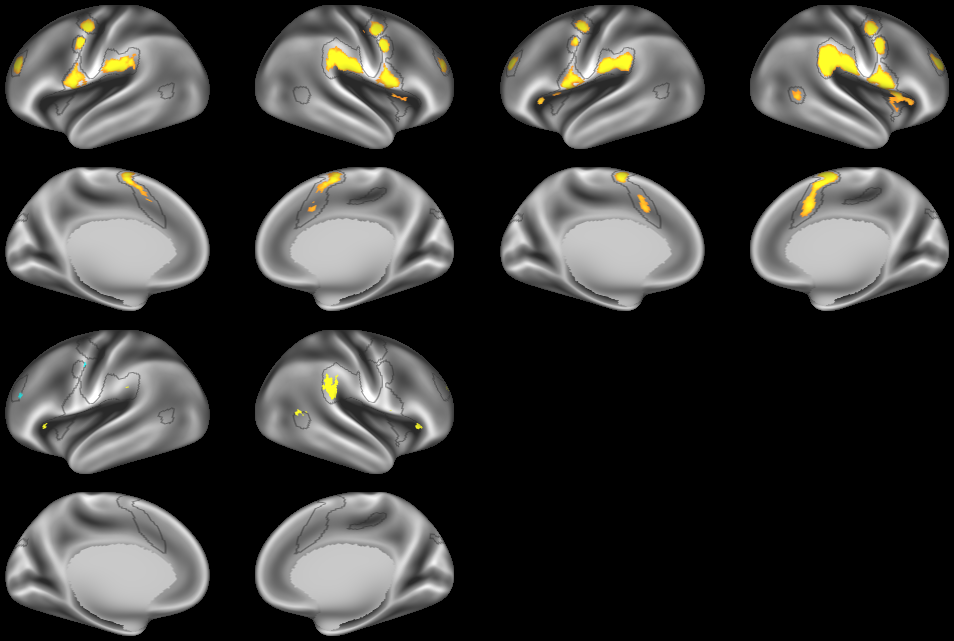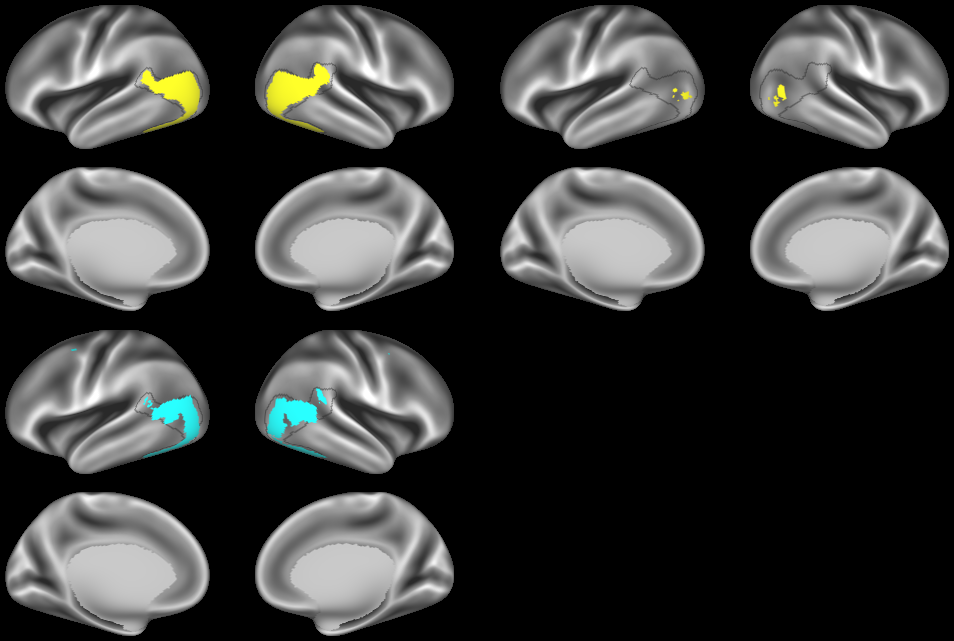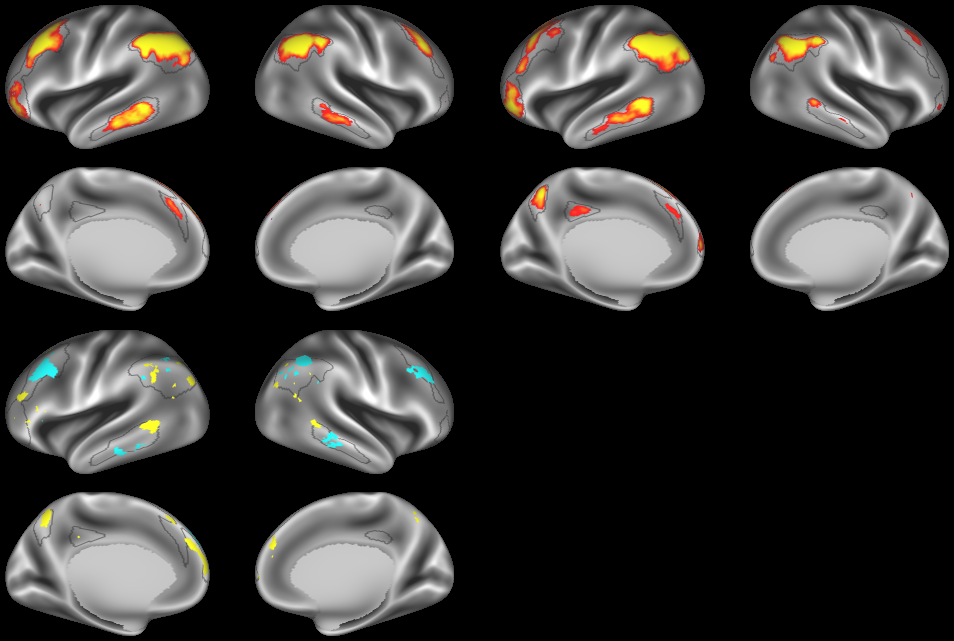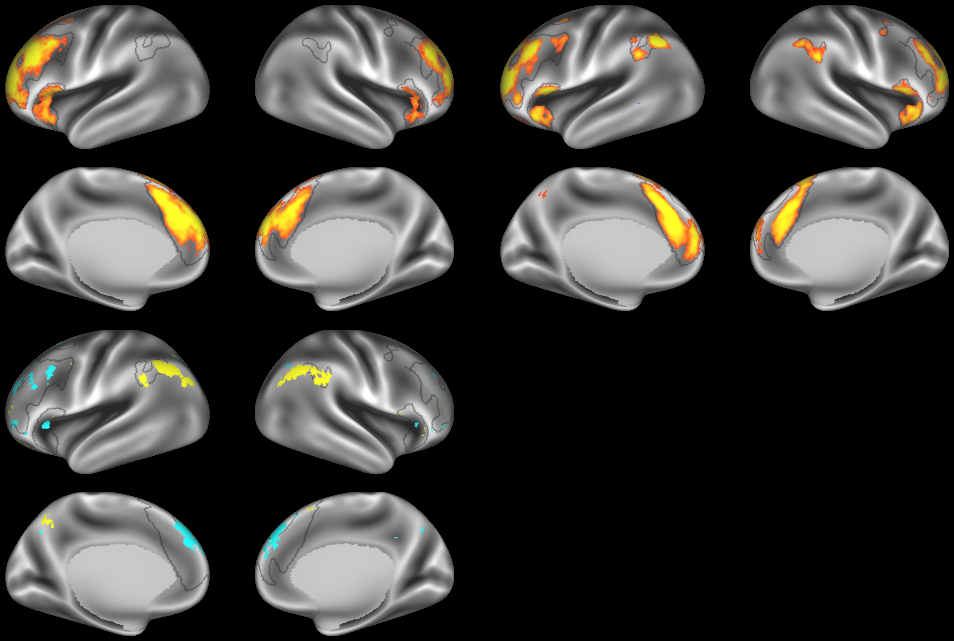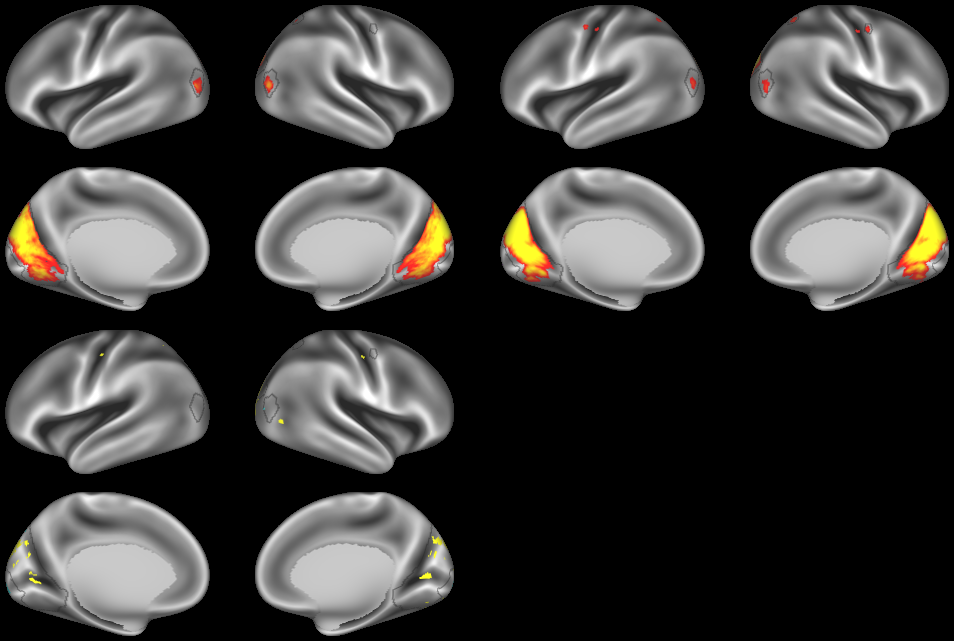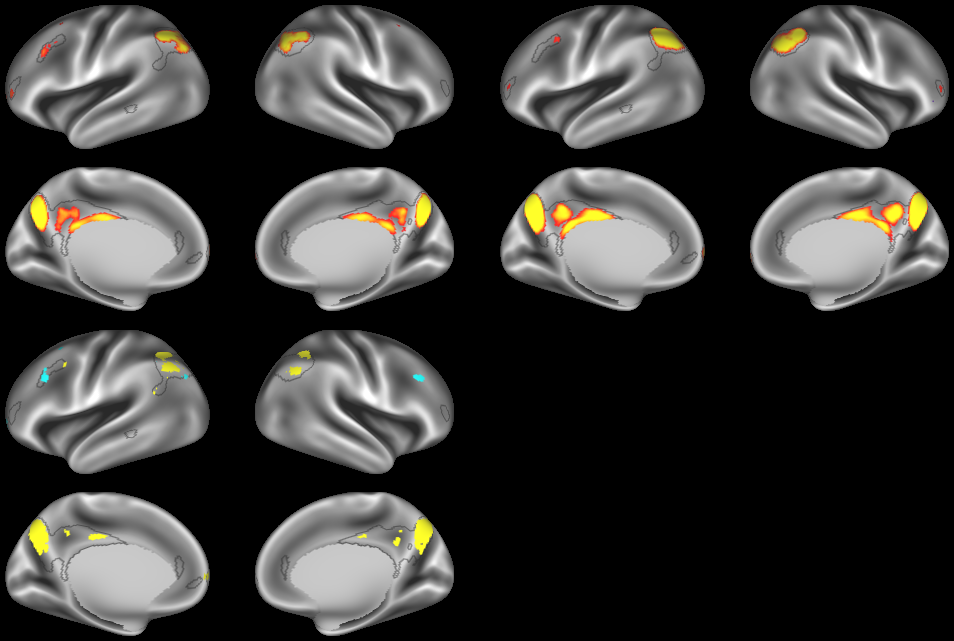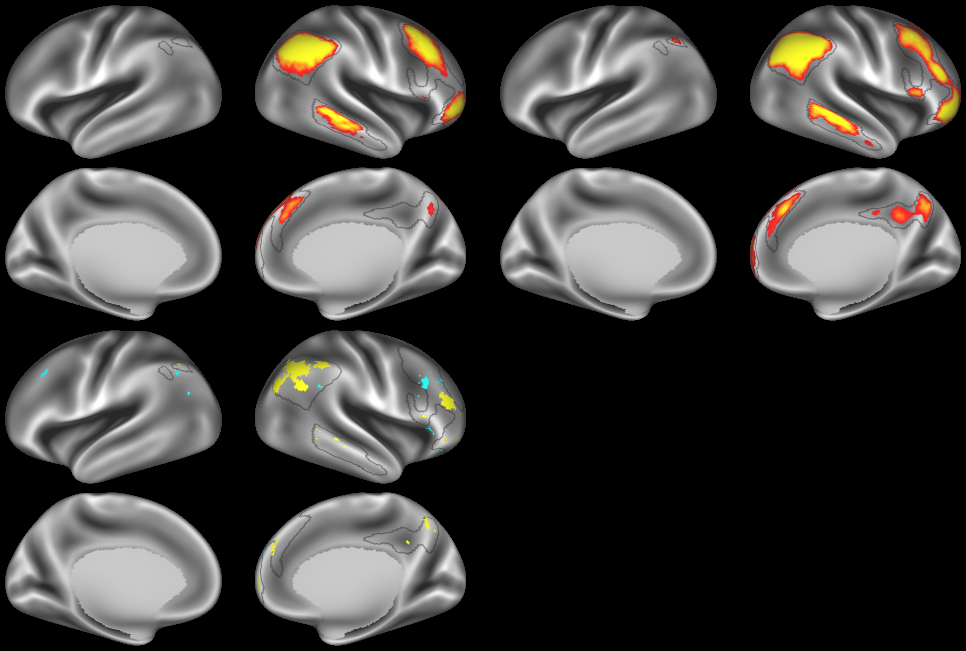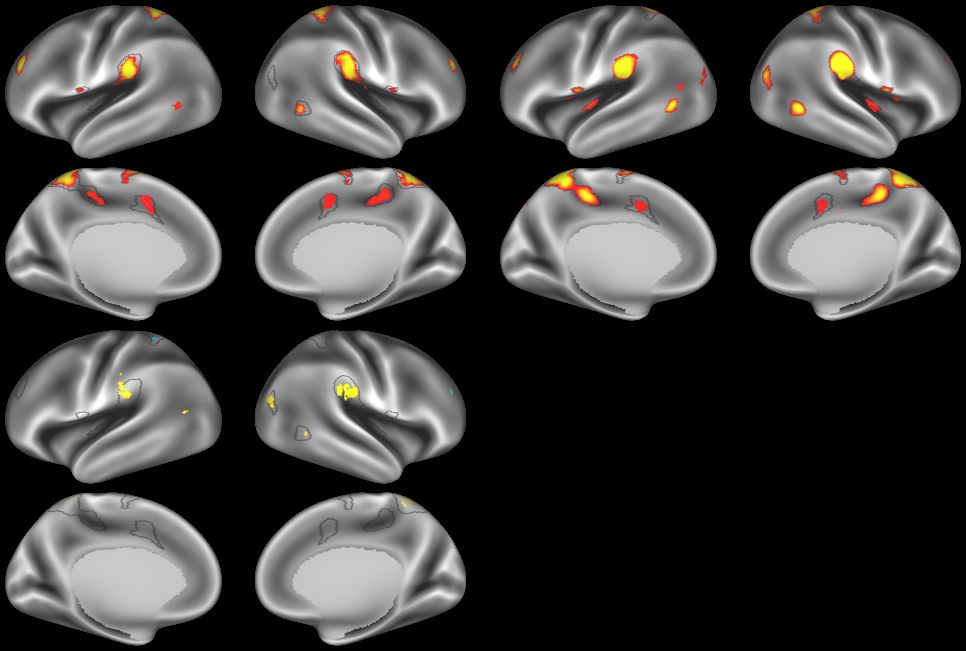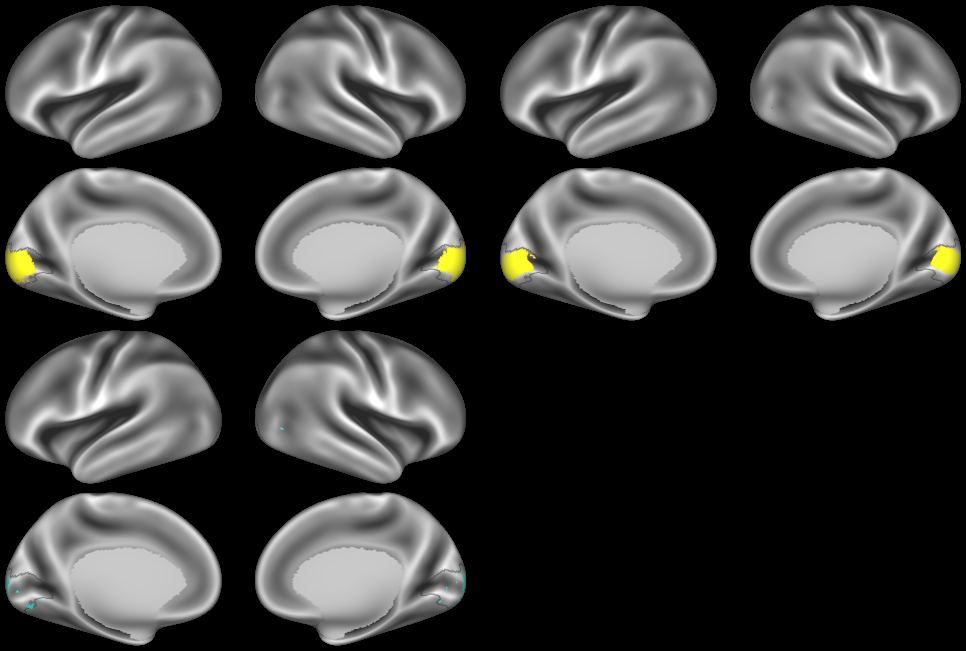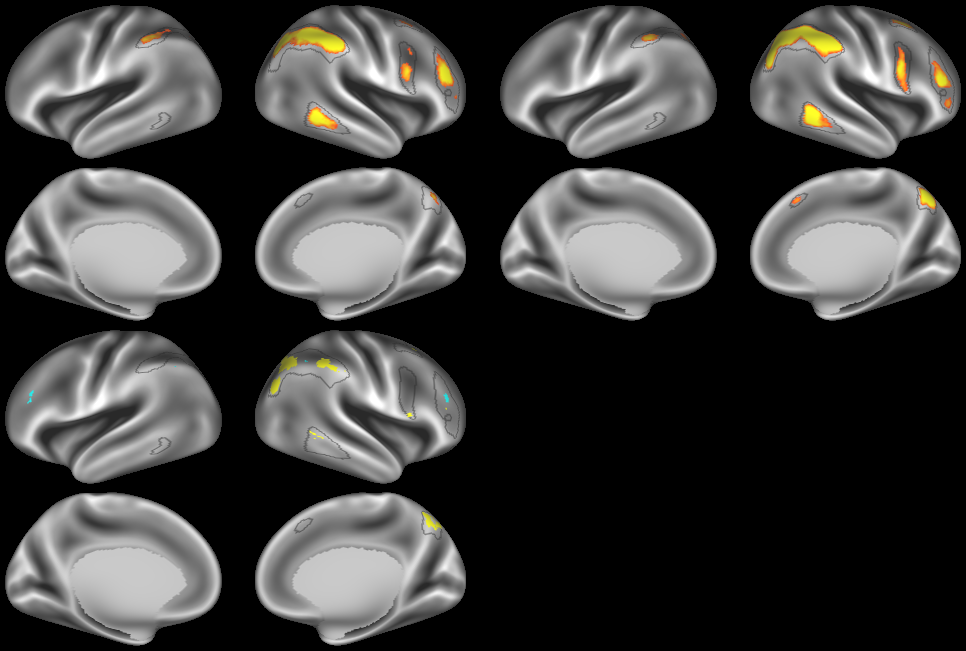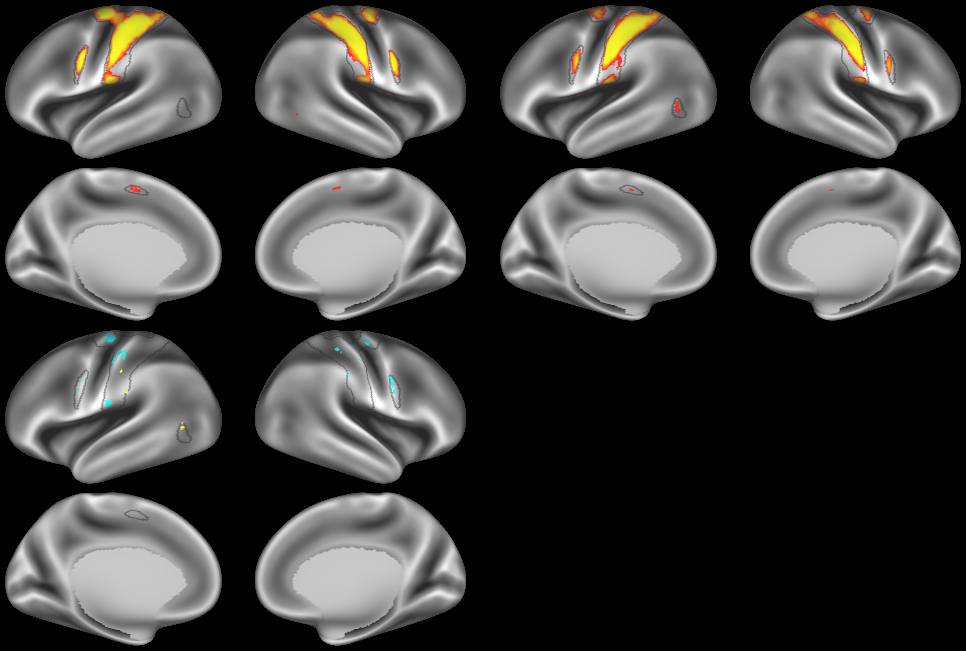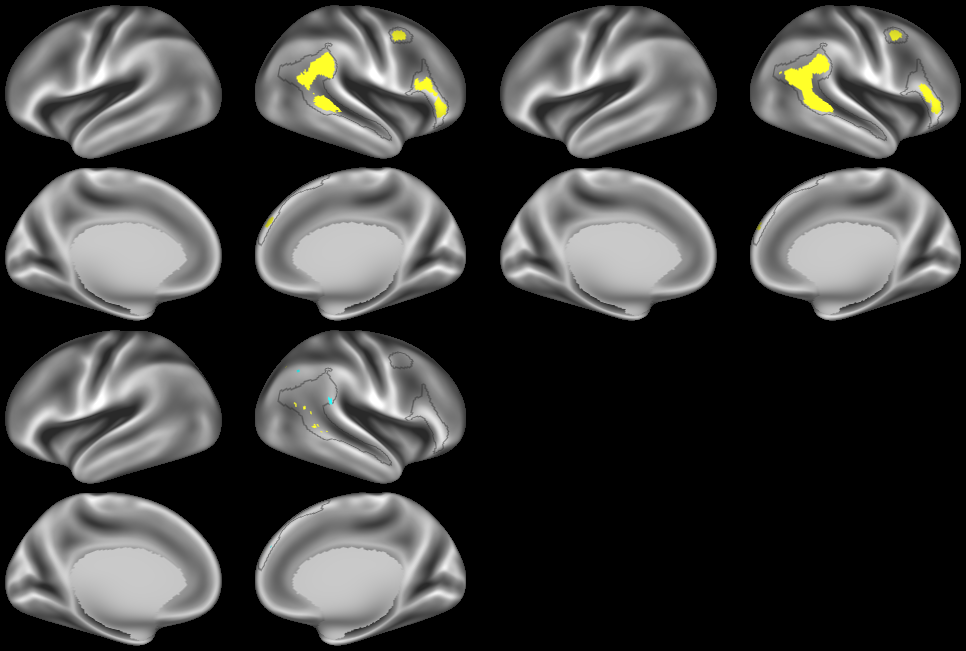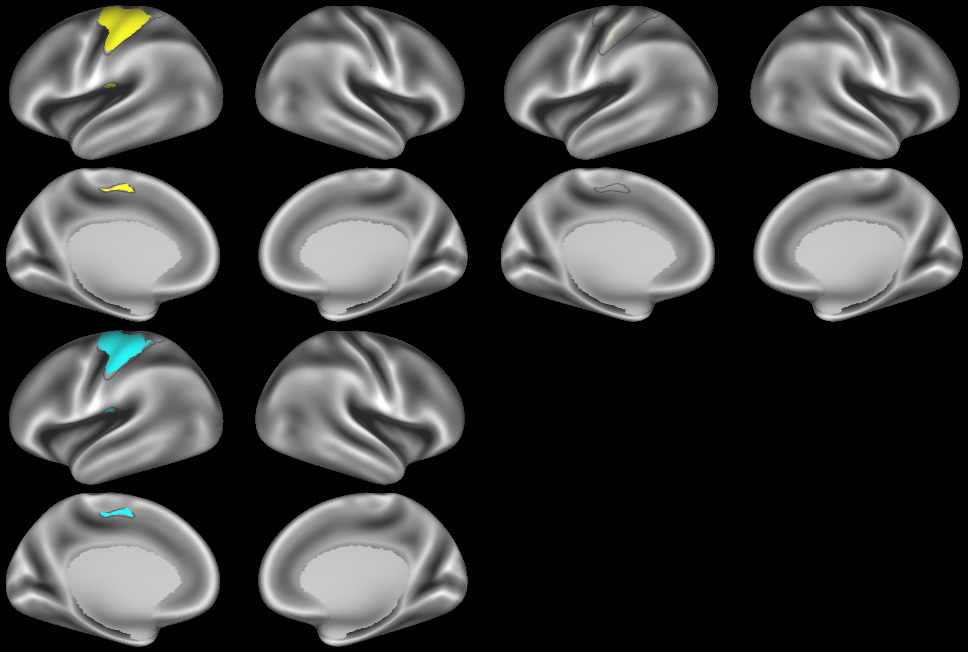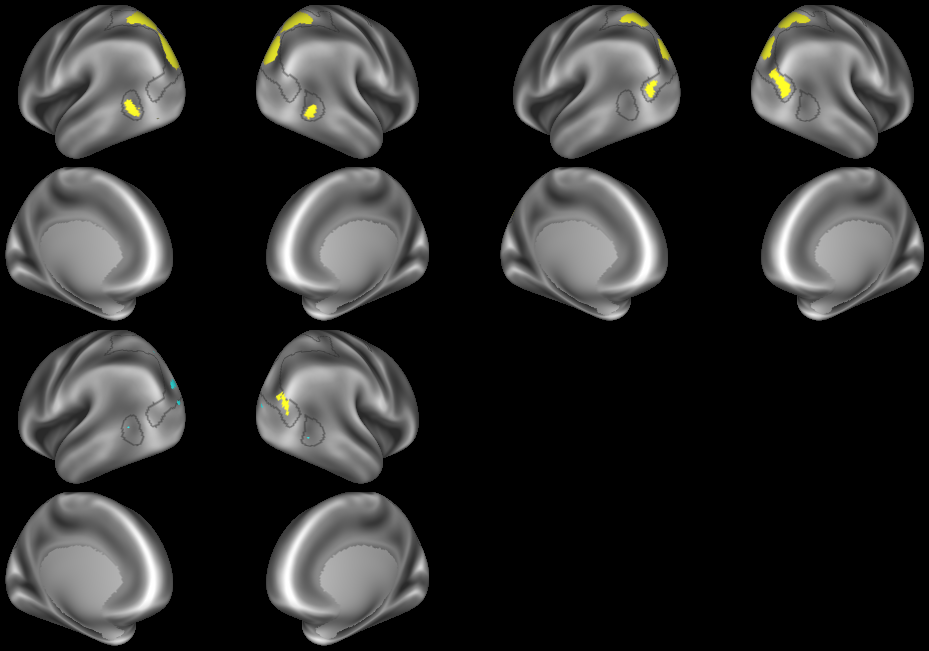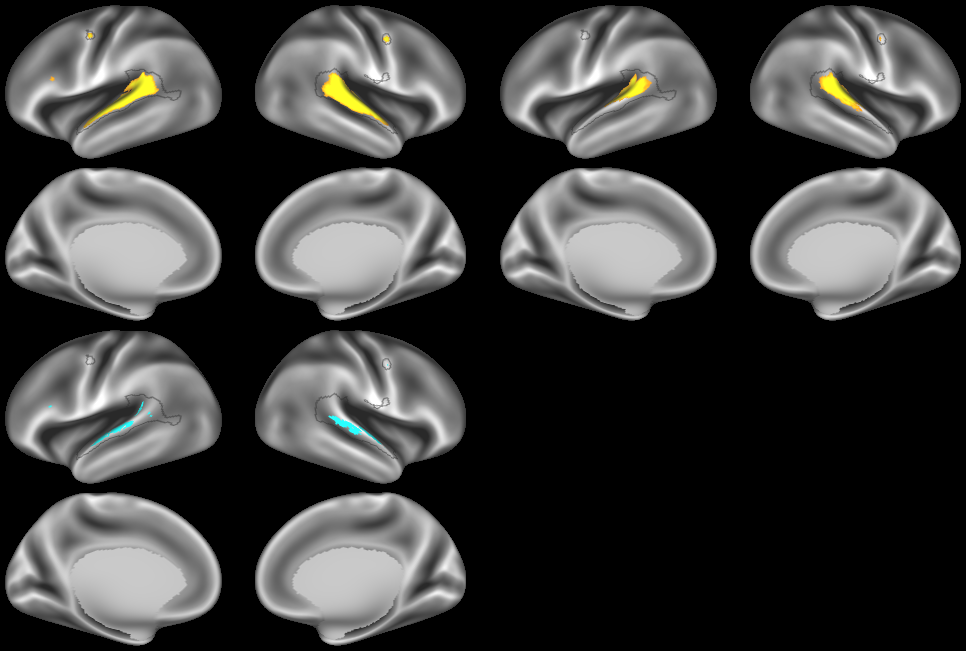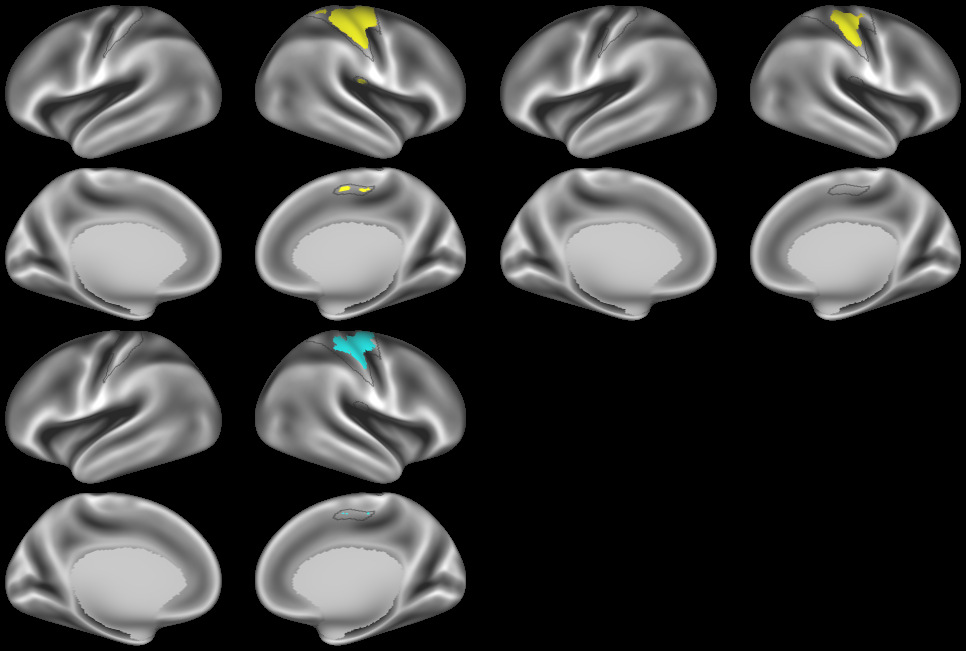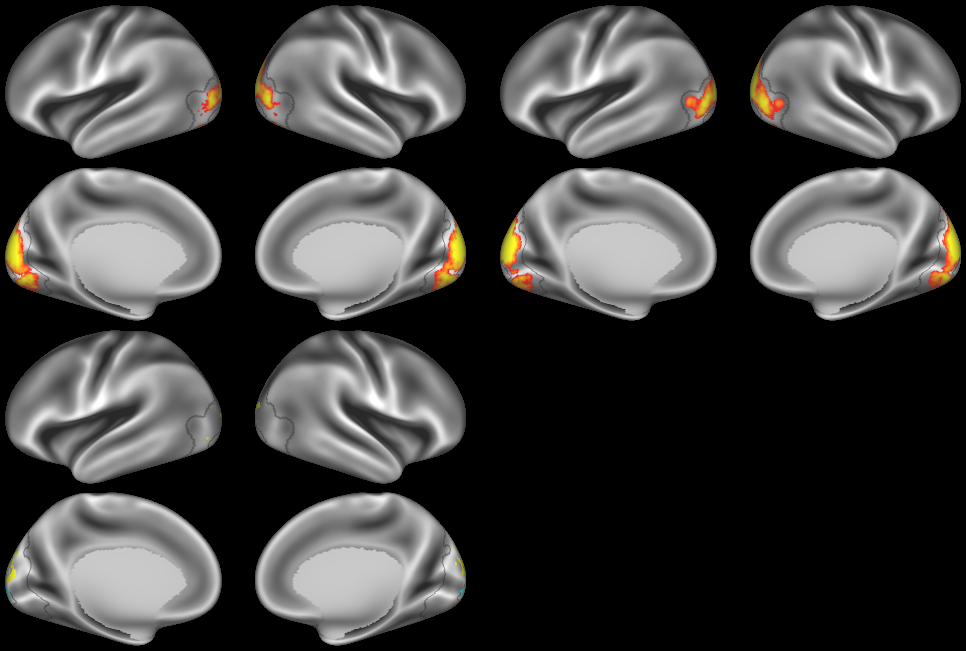FULL TITLE:
The relationship between spatial configuration and functional connectivity of brain regions
SPECIES:
Human
ABSTRACT:
Brain connectivity is often considered in terms of the communication between functionally distinct brain regions. Many studies have investigated the extent to which patterns of coupling strength between multiple neural populations relates to behaviour. For example, studies have used 'functional connectivity fingerprints' to characterise individuals' brain activity. Here, we investigate the extent to which the exact spatial arrangement of cortical regions interacts with measures of brain connectivity. We find that the shape and exact location of brain regions interact strongly with the modelling of brain connectivity, and present evidence that the spatial arrangement of functional regions is strongly predictive of non-imaging measures of behaviour and lifestyle. We believe that, in many cases, cross-subject variations in the spatial configuration of functional brain regions are being interpreted as changes in functional connectivity. Therefore, a better understanding of these effects is important when interpreting the relationship between functional imaging data and cognitive traits.
PUBLICATION:
eLife
- DOI:
10.7554/eLife.32992
- PMID:
29451491
- Janine Diane Bijsterbosch
- Mark W Woolrich
- Matthew F Glasser
- Emma C Robinson
- Christian F Beckmann
- David C Van Essen
- Samuel J Harrison
- Stephen M Smith
- Kings College London
- Washington University in St. Louis
- University of Oxford
-
Bijsterbosch_eLife_all_figures.scene
SCENES:- Fig2
- Fig2_supplement1
- Fig2_supplement2_45
- Fig2_supplement2_35
- Fig2_supplement2_33
- Fig2_supplement2_22
- Fig2_supplement2_01
- Fig2_supplement3_08
- Fig2_supplement3_48
- Fig2_supplement3_04
- Fig2_supplement3_26
- Fig2_supplement3_15
- Fig2_supplement4_06
- Fig2_supplement4_40
- Fig2_supplement4_12
- Fig2_supplement4_50
- Fig2_supplement4_46
- Fig2_supplement5_18
- Fig2_supplement5_09
- Fig2_supplement5_43
- Fig2_supplement5_02
- Fig2_supplement5_11
- Fig2_supplement6_37
- Fig2_supplement6_24
- Fig2_supplement6_10
- Fig2_supplement6_38
- Fig2_supplement6_20
- Fig2_supplement7_39
- Fig2_supplement7_49
- Fig2_supplement7_07
- Fig2_supplement7_30
- Fig2_supplement7_17


